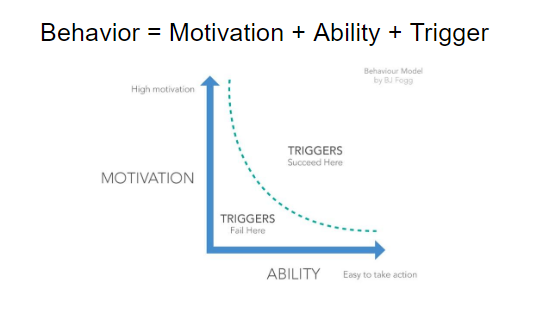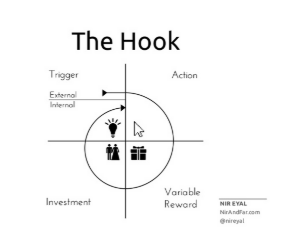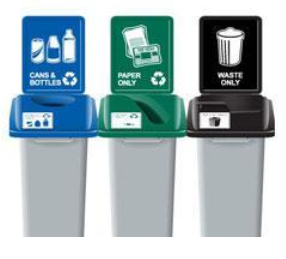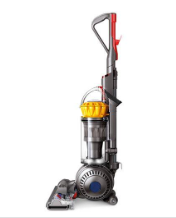Why is it that some products are particularly “sticky” and “scale” well within the market? Why does a product make it, succeed and grow? When a product is “sticky” unconsciously, like a habit.
According to Sunil Maulik, Ph.D., we can look to psychology, specifically neuroscience, for insights into why some products become more habit forming to users than others. Maulik draws from his background in the sciences and business, and informed by neuroscience, to explain how we can design products around behavioral change, specifically around user habits. He notes that when we aim to modify user habits, we focus not on the user’s conscious behavior, but rather an intuitive behavior.
Making a Product Habit Forming: Persuasive Technology
Where this leads is that product design should focus on making the product habit forming. This is the core of BJ Fogg’s product design model at Stanford called “Persuasive Technology.” In Fogg’s model, the behavior or habit will change when there is a convergence of motivation (desire), ability (ease) and a trigger (the cue).

The Hook
Nir Eyal, a student of Fogg, extends the discussion of persuasive technology to his habit design model called the “Hook.” He defines the hook as an experience that connects the solution to the user’s problem frequently enough to form a habit. To form a habit, the user must do the behavior frequently.

- The “Internal Trigger” represents what the user really wants.
- The “External Trigger” is what gets that user to the product.
- The “Action” is described as the simplest behavior required in anticipation of reward. This is the action you want from the user.
- “Variable Reward,” is a sufficiently fulfilling reward to the user, that leaves the user wanting more.
- “Investment” refers to the work put in by the user. If the user has an emotional tie to the product it increases the likelihood that the user will return to reuse the product.
Habit Design
Eyal describes habit design as a “superpower” so long as it is not used to promote evil or bad habits. The “trinity of access, data, and speed creates new opportunities for habit-forming technologies to hook users. Companies need to know how to harness the power of Hooks to improve people’s lives, while consumers need to understand the mechanics of behavior engineering to protect themselves from unwanted manipulation.” Eyal, Hooks: An Intro on How to Manufacture Desire.

“Behavioral lenses” are used to trigger better decisions. For example, when the holes are reshaped to match the shape of the waste it increases recycling behavior.
 The transparent canister on the Dyson vacuum has no real functionality. However, the user sees the vacuum “work” and is encouraged to use it and empty it more often.
The transparent canister on the Dyson vacuum has no real functionality. However, the user sees the vacuum “work” and is encouraged to use it and empty it more often.
These are just two examples of habit triggering design. Maulik demonstrates that using habit design as a “superpower” in product design drives consumers to form user habits and makes products “sticky” and “scale.


